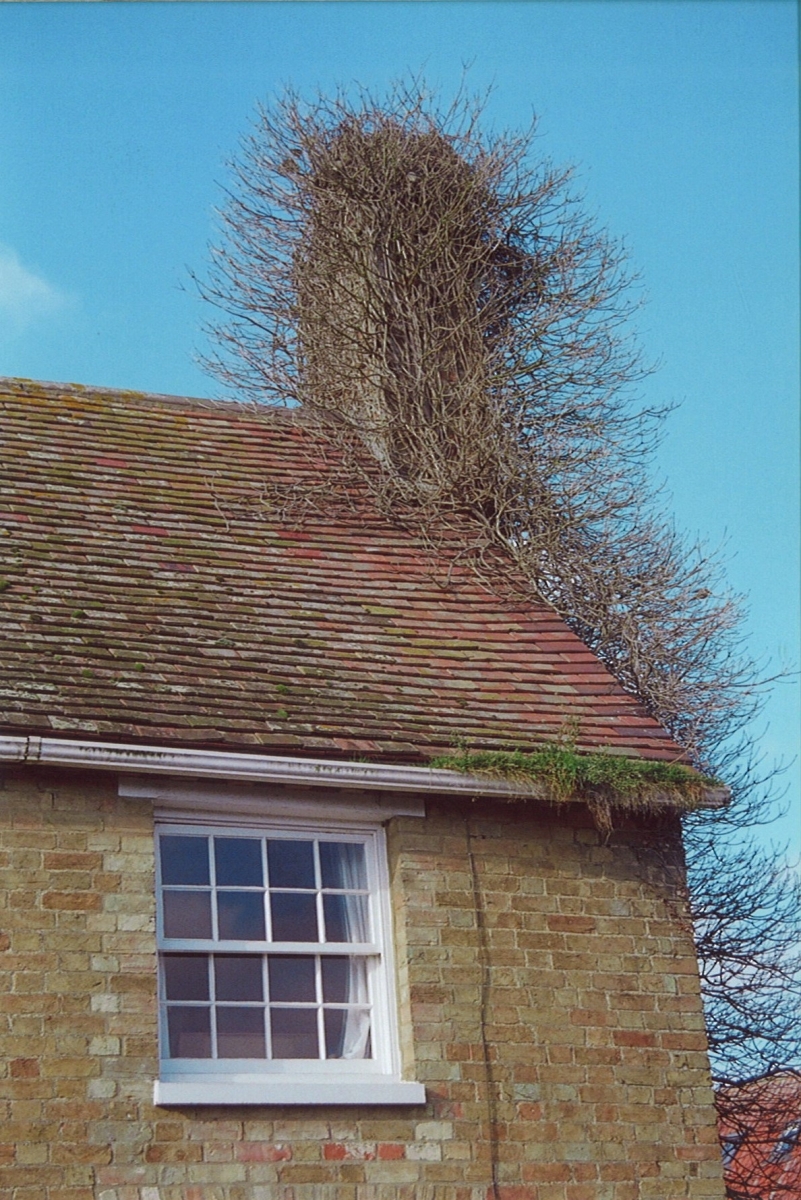Preventative maintenance
In 1877, William Morris pleaded for those entrusted with old buildings ‘to stave off decay by daily care’. This article explains why this advice still holds good.
What is preventative maintenance, and why is it so important with old buildings?
Preventative maintenance is work that, if carried out properly, will reduce the probability of decay. This contrasts with corrective maintenance, whereby decayed material is renewed. The importance of preventative maintenance cannot be over-emphasised. Such action will not only restrain, or even obviate, the need for repairs later, it will prevent the loss of original fabric and is cost-effective. Without such action, owners are often surprised how quickly a structure can deteriorate. Resultant corrective maintenance is disruptive and costly in both fabric and financial terms.
How is successful preventative maintenance achieved with old buildings?
Regular action is essential, coupled with knowledge of the major causes of decay in old buildings. The principal decay agents are:
- The weather (especially where causing damp, the main enemy of buildings).
- Fungi, plants and animals.
- Human factors.
- Fires and flood.
No two buildings are affected alike but all suffer to some extent. A sound understanding of the construction and development of a building will assist with the anticipation and appropriate remedy of faults. External areas hidden from view present high maintenance risks. If possible, improve access or, failing this, use your neighbour’s property as a vantage point.
How do I keep my old building dry?
Be extra vigilant after adverse weather and occasionally check rainwater fittings during heavy rain. Blocked gutters cause extensive damage, particularly at parapets and valleys. Gutters in these locations also need to be cleared of snow. Where lead-lined, look for signs of cracking and replace damaged sections by ‘lead burning’. Do not forget to monitor underground drainage and be sure not to allow ground levels around the building to rise unduly.
Reinstate dislodged slates and tiles before damage occurs to the roof timbers or plaster ceilings. Avoid, though, bitumen coatings and spray-on foam with roofs. Inspect flashings and mortar fillets at chimneys etc for signs of early deterioration.
Deeply eroded mortar joints in walls should be raked out and repointed, normally using a lime-based mix (without cement). Cracks at panel edges in timber-framed walls should be made good with daub, lime mortar or oakum. Painted external joinery can deteriorate rapidly if finishes are not maintained. Some of the linseed paints now available offer good durability. Limewash is commonly the most appropriate finish for walls.
Damp-proof courses, colourless water-repellent solutions and plastic-type wall coatings do more harm than good when inappropriately applied to old buildings. Always aim, instead, to eliminate the source of any excess moisture.
How may I prevent damage to old buildings by wildlife?
Although wildlife is generally to be encouraged, there are certain situations where control is necessary. Ivy can force open walls, so should usually be cut just above ground level and, once dead, removed. Brush moss off roofs and walls since it can retain moisture and block gutters. Depending on the species, trees in close proximity will damage old buildings, especially single-storey structures. Soil type will determine whether removal is advisable.
Damp and poor ventilation promote fungal and insect attack, as where, for example, ventilators serving voids under timber floors become blocked. It is important to address the underlying cause, by clearing the ventilators, and not to rely solely on chemical timber treatment. Beware that some remedial companies recommend the removal of more affected timber than is really necessary.

How can I limit damage to old buildings by people?
Common sense and good housekeeping retards wear and tear. For example, simple measures such as the provision of a doormat and regular sweeping will remove grit that may be trodden into the surface of a tiled floor. Pollution from vehicle emissions can influence the appearance of buildings. Unless there is heavy soiling that is harming masonry, however, the cleaning of facades is often inadvisable.
At a broader level, helping others to appreciate and respect old buildings will limit accidental and deliberate damage. When damage does occur, a rapid response is beneficial. The swift removal of graffiti, for instance, can reduce its ‘copy-cat’ spread. Also, judicious planting of prickly shrubs can deter access.
How is the risk to old buildings from flooding or fire reduced?
Much old building fabric is lost through fire. The risk can be reduced by regularly checking and promptly rectifying defects to electrical wiring and fire alarms. Chimneys should be swept regularly and, where appropriate, lined. Keep voids clear of rubbish that may attract vermin to nest and gnaw through electrical installations. Remind contractors of the necessity to extinguish all heating devices on cessation of work.
While floods due to environmental causes are invariably disastrous, localised flooding through winter pipe or tank bursts is avoidable by the use of proper lagging.
How can I keep track of what maintenance to do when with an old building?
Use a checklist for routine examination on a cyclical basis and record maintenance tasks undertaken. A log-book is ideal for this purpose and the SPAB recommends that one be kept for every old building. To encourage better maintenance, the Society is currently considering the production of a special log-book to help owners.
English Heritage (2014) Building Environment, Practical Building Conservation, Farnham: Ashgate Publishing Ltd



